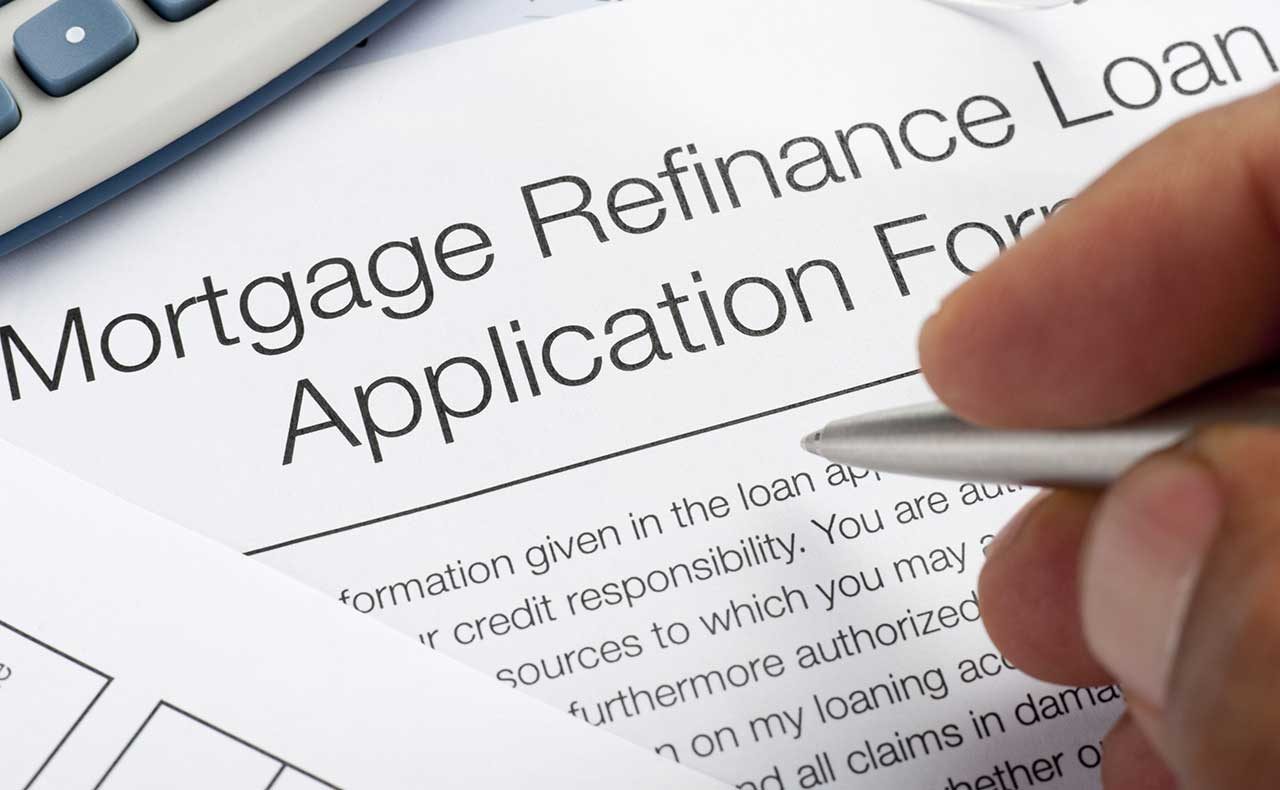This article is from the Australian Property Journal archive
ONE the biggest risks to Australian housing market values and stability in the upcoming year has emerged in the “fixed-rate cliff”, with around two thirds of outstanding fixed mortgage debt set to expire this year.
According to CoreLogic and the RBA October Financial Stability Review, about 35% of outstanding housing credit was on fixed terms with around 66% of this debt expiring in 2023, in a so-called “fixed-rate cliff”.
Around 23% of all outstanding mortgage debt will be re-priced this year and re-priced at a significantly higher rate.
When these terms expire, mortgage holders will need to refinance their loans in an environment of the continuous interest rate hikes seen since last May, but also over the further 50 bps hikes expected for March and April.
According to CoreLogic, average variable rates could be around 5.7% for owner-occupiers and over 6.0% for investors.
April is forecast to see the biggest shifts for mortgage holders, with the initial repricing from an average two-year fixed term rate secured during the pandemic, to a new variable rate in this climate.
The change will be dramatic as not only because of rate rises over this period, but the notable increase in average loan sizes from April 2021 during the housing boom.
Based on average outstanding variable rates with a 30-year loan term and average loan size, a loan secured in April 2022 will see an increase of $935 per month in mortgage repayments by the end of the year.
“There’s no escaping that Australians with fixed-rate loans are about to see a painful adjustment. This is partly the intention of rising rates, as households have to curb spending in response to higher interest costs,” said Eliza Owen, head of research at CoreLogic.
Perhaps reassuringly, the RBA Financial Stability Review from last October said current of fixed-rate borrowers have a similar income to variable rate holders, who have so far been able to manage rising rates.
Borrowers may also be able to shop around for a lower interest rate once the cash rate passes its peak, which some are forecasting could come as soon as late-2023.
Less optimistically, for many households rising rates will result in entering arrears, leaving some forced to sell their properties.
With a small percentage of borrowers expected to be unable to pay off their debt even by selling their home, as a result of the large value gains in recent years, when many purchased property.
National home values have dropped 8.9% through to the end of January since April 2022, to a median home value of $702,725 or a return to July 2021 levels.
Currently only around 0.5% of mortgages are in negative equity, with large deposits strengthening equity positions.
Even is home values fell another 10%, the RBA forecasts the rate of loans in negative equity would only rise to around 1%.
“So far, listings data and arrears data suggest there is minimal impact on the housing market from defaults. However, the true test of the market will be over the next ten months,” concluded Owen.




